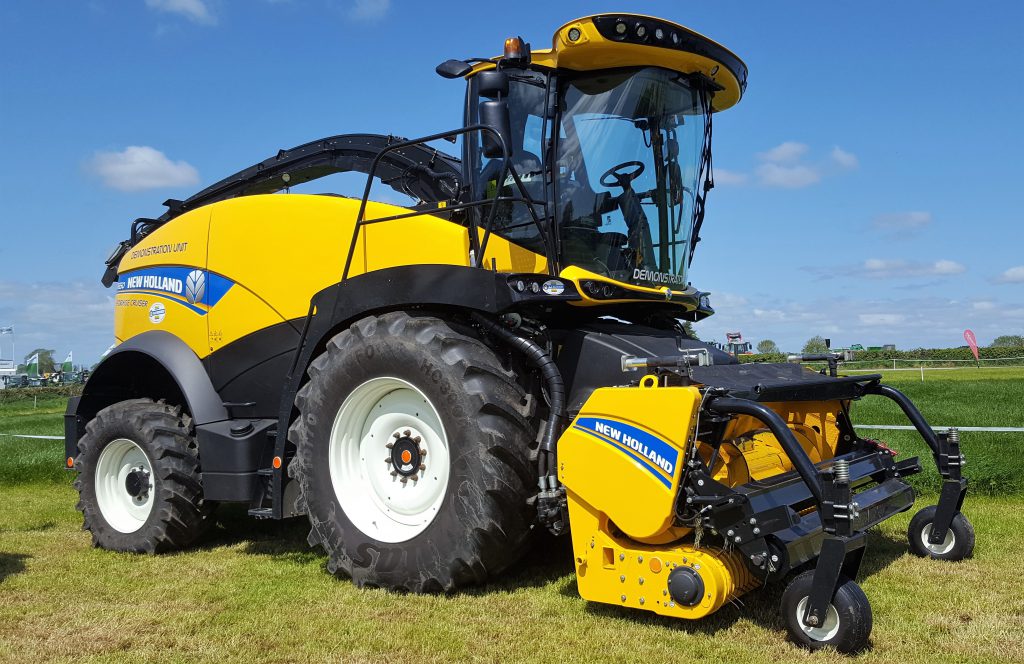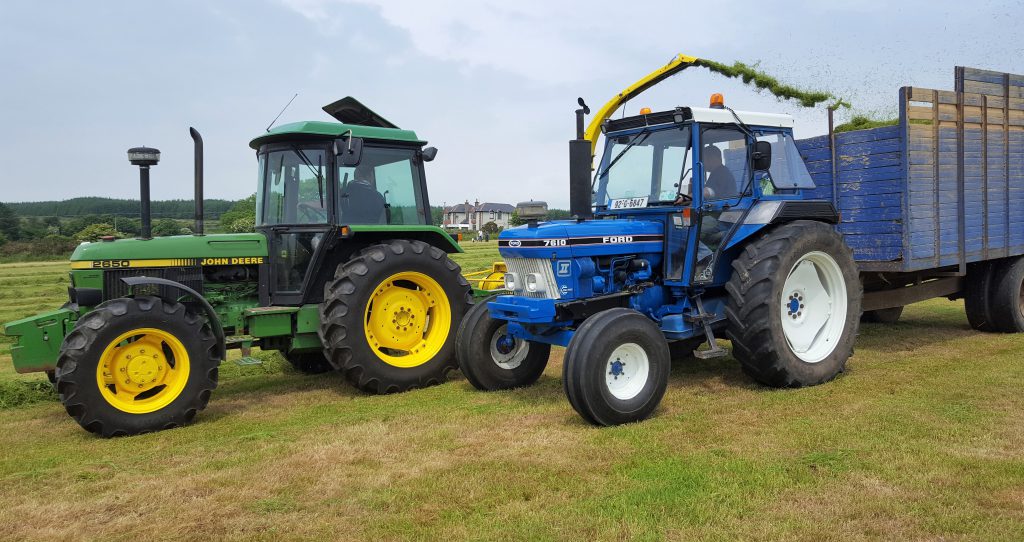There is some lingering confusion out there regarding the use of flashing amber beacons on tractors.
That prompted AgriLand to get in touch with the RSA (Road Safety Authority) to get some clarity on the matter. It referred us to an ‘official’ document, which is essentially a list of FAQs (Frequently Asked Questions) outlining lighting and visibility laws for agricultural vehicles.
Therein, the following questions (from a broader list) are posed and answered:
Are all tractors required to be fitted with a flashing amber beacon?
- Yes; even vintage tractors unless they’re only taking part in vintage rallies or being used for display purposes.
When should work lamps / ploughing lamps be used?
- Work lamps, commonly referred to as ‘ploughing lamps’, are fitted to agricultural tractors and self-propelled agricultural machinery for off-road use only (e.g. in the farm-yard or field) to give extra visibility to perform specific tasks;
- These lamps should be switched off when the vehicles are in use on a public road. The regulations ban white lights being used on the rear of a vehicle on public roads as they can confuse and dazzle other road users.
What are the lighting and visibility requirements for agricultural tractors and self-propelled agricultural equipment?
- Agricultural tractors and self-propelled agricultural machines must be equipped with full lighting systems (i.e. side lamps, head lamps, rear lamps, stop lamps, direction indicators and number-plate lighting) at all times, and not just during lighting up hours.
Are there any lighting/visibility exemptions for older tractors/trailers?
- Vintage tractors/machinery (i.e. manufactured or first registered 30 years ago) are exempt from having to be equipped with a full lighting system (i.e. side lamps, head lamps, rear lamps, stop lamps, direction indicators and number-plate lighting) provided they are being used during daylight hours only*. This applies to the trailers being towed by them as well.
* Daylight hours means any time outside ‘lighting-up’ hours. ‘Lighting up’ hours is a half hour after sunset until a half hour before sunrise the next day.
What are the revised lighting and visibility requirements for agricultural trailers and interchangeable towed equipment?
- Agricultural trailers and interchangeable towed equipment must be equipped with side lamps, rear lamps, stop lamps, indicators and number-plate lighting. They must also be fitted with a marker lamp on their right-hand side if, when coupled to an agricultural tractor, the overall length of the combination is more than 10m;
- Agricultural trailers with a DGVW over 3,500kg must also be fitted with reflective rear markings. If these trailers form part of a combination of vehicles that is over 10m long, they must also have reflective side markings;
- Finally, a rear ‘LONG VEHICLE’ marking must be fitted to a combination of vehicles over 13m long;
- The reflective and ‘LONG VEHICLE’ marking requirements do not apply to pieces of interchangeable towed equipment that can carry more than three times their own unladen weight – for example, slurry tankers, fertiliser or manure spreaders, grain chaser bins and so on.
I have interchangeable towed equipment (e.g. a baler, crop sprayer, grass rake) that has no lights. Do the new laws apply to these types of vehicles?
- Yes. However, such equipment will only need lights if, when attached to a tractor or self-propelled agricultural machine, it blocks the lighting and reflectors fitted to the front or rear of the tractor or self-propelled agricultural machine itself.





